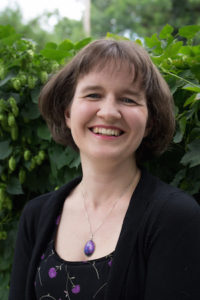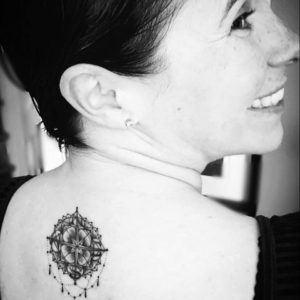The always-lovely Simon Bestwick invited me to do an interview on The Lowdown not long ago and as of yesterday it’s up and readable. In it, naturally, I talk about my upcoming novel and the books that went before it, current projects, and my writing process. They’re the sort of questions writers often answer. People, whether they’re mostly readers or are aspiring writers, tend to like to know how and when the words get made, to see if there’s any common ground, any insights to be gleaned.
This is a hers and hers interview; Bestwick also interviewed Kelly and her post will be up Friday.
Interviews happen well before they see publication, and one of the other things in this one is a bit of contemplation of how and when I might get the tattoo that became my 2016 poppies. The poppies, when I was conceptualizing them and as I actually got them, were meant as a celebration of the amazing year I was having. I wanted to celebrate, in part because so many people I knew were finding 2016 to be a bear.
All of that optimism and cheer, of course, predated the U.S. election result and the terror and despair spreading from that event. It seems a million years ago. I am generally upbeat and ebullient, but this is a blow. I don’t know when–if–I’ll bounce back to a sustained state of perkiness. I want to. At least one person has said a thing I can do for them is get back to my upbeat magical-unicorn posting habits. And despair, as you all know, just isn’t a great place to live.
Anyway. The interview is a slice of me-from-the-past, and if it seems tonally peculiar, that’s why. My hope is that there’s a me from the future who’ll be able to connect with it, one day in the not too distant, one who can lighten–if only fractionally–not merely my load but that one on your shoulders too, if you’re looking for it.








 Happy Halloween, everyone!!
Happy Halloween, everyone!!